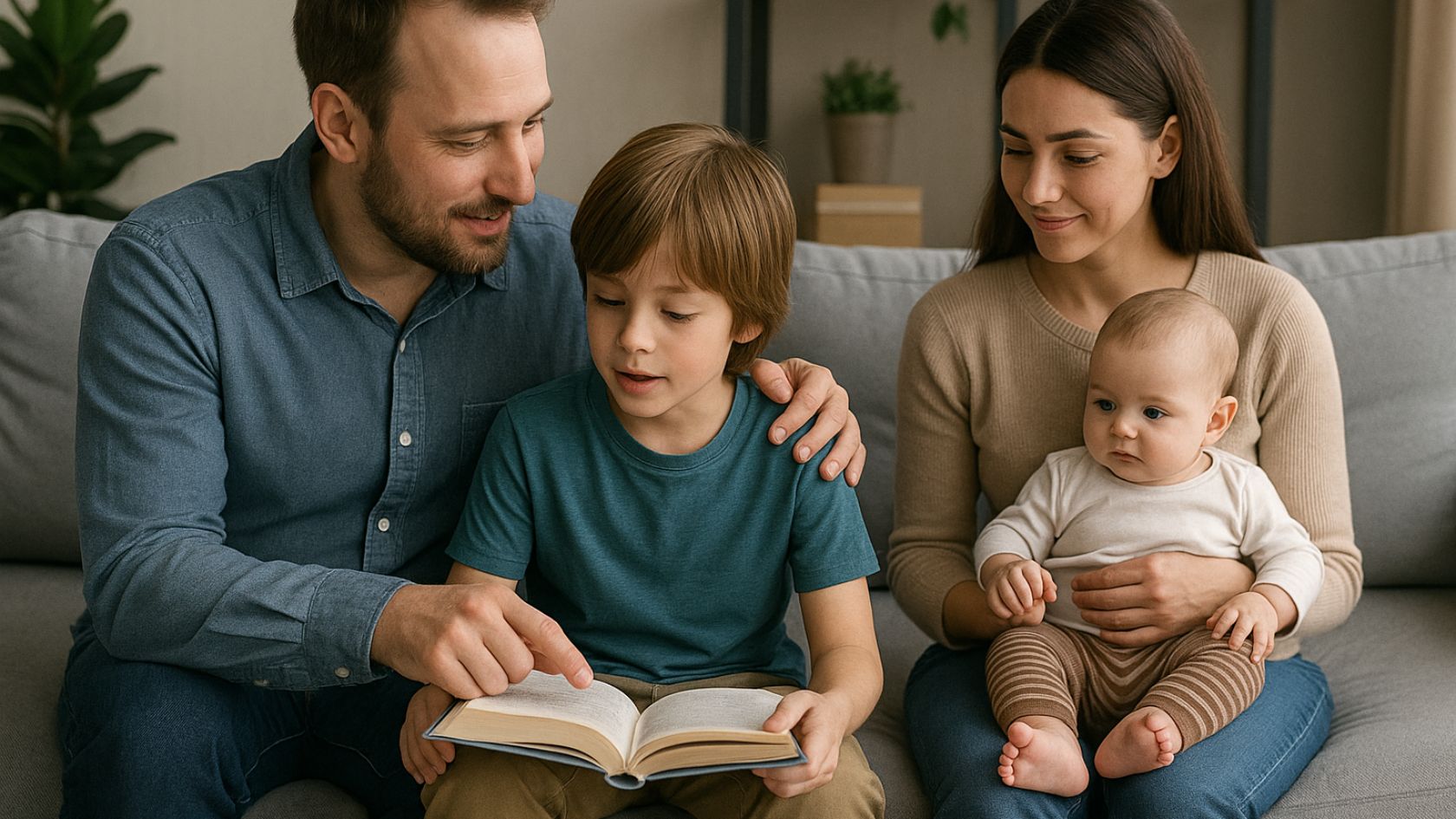
Top Programs in the Parenting Niche: The Best Parenting Programs for Every Stage

Overview: The best parenting programs give you practical tools you can use tonight at bedtime, in next week’s school meeting, and in the years ahead as your child’s needs evolve. Instead of one-off tips, strong programs bundle evidence-based frameworks, coaching, and community so you can build consistency, confidence, and calm across the daily routines that matter most—sleep, feeding, boundaries, homework, digital safety, and relationship skills.
Choosing well begins with clarity: your goals, your child’s developmental stage, and your preferred learning style. If you’re brainstorming topics or content pillars, a quick scan of parenting niche ideas can help you map the big themes—discipline, special needs, co‑parenting, and more—before you invest time or money. From there, prioritize programs that translate research into routines you can actually stick with, offer structured practice, and include built‑in feedback (peer groups, office hours, or messaging with a coach).
What Makes a Parenting Program Worth Your Time?
Three pillars separate the best parenting programs from the rest. First, evidence and clarity: look for approaches grounded in developmental psychology and family systems with transparent goals and measurable checkpoints. Second, fit and feasibility: does the format (self-paced modules, live cohorts, 1:1 coaching) match your bandwidth and home realities? Third, support and sustainment: the program should help you practice new scripts, reinforce habits, and troubleshoot setbacks—not just serve content.
Timing also matters. Seasonal transitions like back-to-school or holidays can be stress multipliers for families. If your household’s routines wobble in September, read up on proven back‑to‑school marketing campaigns (yes, even for parents) to borrow the idea of structured “launches”: pick a start date, create a simple checklist, and ramp new habits with a 2‑week cadence. Treat your home’s routine reset like a mini project, and you’ll create momentum instead of relying on willpower.
Top Categories and Standout Options
Prenatal and Newborn Support
Early programs focus on attachment, responsive soothing, and caregiver recovery. Hospital‑based newborn classes teach feeding cues, sleep safety, and postpartum planning. Many families also benefit from home‑visiting models (where available) that coach you through the first months. What you’ll learn: reading signals (hunger, overstimulation), building nap routines, and sharing nighttime duties. Best for: first‑time parents or those seeking a confidence boost in the fourth trimester.
Toddler and Preschool Years
These are prime years for the best parenting programs grounded in positive reinforcement, emotion coaching, and play. Look for curricula that show you how to catch good behavior, set limits with warmth, and use short, consistent consequences. What you’ll learn: using visual schedules, narrating feelings, making transitions smoother, and preventing power struggles by structuring choices. Best for: ages 2–5 and caregivers wanting fewer meltdowns and more cooperation.
School‑Age Foundations
As kids enter grades K–5, home life pivots to routines: mornings, homework, chores, and bedtimes. Programs that shine here teach family meetings, “when‑then” statements, and collaborative problem‑solving. What you’ll learn: chore systems kids can own, body‑double techniques for homework, and bedtime scripts that stick. Best for: families who want predictability without a power‑struggle vibe.
Preteen and Teen Skills
In the teen years, relationship quality and communication habits do the heavy lifting. Seek programs that center autonomy, motivational interviewing, and natural consequences. What you’ll learn: how to shift from commands to curiosity, set phone agreements, and coach your teen to plan (not just comply). Best for: ages 11–18 and parents wanting fewer arguments and more collaboration.
Neurodiversity and Special Needs
Families navigating ADHD, autism, learning differences, or mental health conditions need targeted tools. Prioritize programs that individualize strategies and model how to adapt supports across home and school. What you’ll learn: visual supports, behavior plans, energy management, and advocacy basics with teachers and providers. Best for: caregivers seeking matched, compassionate scaffolding rather than one‑size‑fits‑all advice.
Co‑Parenting and Blended Families
When adults share caregiving across homes (post‑separation, remarriage, or kinship care), alignment and logistics can be the make‑or‑break. The best parenting programs here emphasize respectful communication, predictable transitions, and shared values even when routines differ. What you’ll learn: neutral phrasing for tense exchanges, parallel‑to‑collaborative planning, and kid‑centered calendars that reduce friction.
Digital Safety and Media Literacy
Online life is real life for kids. Choose content that blends safety settings, media literacy, and mental‑health guardrails. What you’ll learn: setting up device contracts, coaching for group‑chat drama, and teaching kids to evaluate sources and navigate algorithms. Best for: families introducing phones, gaming, or social media in a way that protects relationships and sleep.
Mental Health and Parent Self‑Care
Parent nervous systems matter. Programs with mindfulness, cognitive‑behavioral tools, and values‑based planning help you regulate in the moment and model resilience. What you’ll learn: quick nervous‑system resets, compassionate self‑talk, and boundary scripts for overcommitment. Best for: any caregiver who wants calmer days and a sturdier baseline.
Formats: Pick the Way You Learn Best
Self‑Paced Courses
Video lessons and worksheets you complete on your schedule. Great if your time is fragmented and you prefer to replay and practice quietly.
Live Cohorts
Weekly sessions, breakout rooms, and accountability. The social proof and peer support can accelerate behavior change.
1:1 Coaching
Hyper‑specific advice tailored to your child and home. Ideal for complex situations or when you want feedback loops.
Community Groups
Local or online circles moderated by a trained facilitator. The focus is practice, encouragement, and troubleshooting.
How to Evaluate a Program (Fast Checklist)
- Clarity: Are goals stated plainly (e.g., “cut school‑night friction by 50% in 4 weeks”)?
- Evidence: Does the approach cite research and align with your values?
- Fit: Can you invest 20–40 minutes a day or 2 hours a week for practice?
- Support: Is there coaching, office hours, or a moderated community?
- Transfer: Do they give scripts, checklists, and examples for real moments?
- Measurement: Are there before/after trackers so you can see progress?
Implementation: Turn Ideas into Routines
Pick one domain to change (mornings, homework, or bedtime) and run a 14‑day sprint. Post the new routine where everyone sees it, practice the same script daily, and celebrate small wins. The best parenting programs make behavior change feel doable by shrinking goals: one routine, one script, one micro‑habit at a time. When setbacks happen (they will), reset without shame and continue the reps.
Measuring What Matters
Track outcomes that improve family wellbeing: fewer arguments per day, time‑to‑bed, on‑time school departures, independent homework starts, and the ratio of positive to corrective comments. Review weekly with your co‑parent or support person, and course‑correct. Data builds confidence—and kids feel the difference when home rhythms stabilize.
Frequently Asked Questions
How long before we see results? Many families notice small wins in 1–2 weeks when they practice daily. Expect 4–8 weeks for habits to stick and relationships to feel lighter.
What if my co‑parent isn’t on board? Start small in your sphere of control. Consistency from one caregiver often reduces friction, and good results can invite cooperation over time.
Is there a “right” philosophy? Values alignment matters more than labels. Look for warmth + structure, respect for autonomy, and practical rehearsal of real‑life moments.
Conclusion
The best parenting programs meet you where you are, teach skills you can apply this week, and support you long enough for habits to stick. Start with one high‑leverage routine, pick a format you’ll actually use, and measure progress with kindness. If you’re also a content creator or educator who teaches families, studying successful campaigns and creative hooks via tools like Anstrex in‑stream ad intelligence can sharpen your message—so more parents find the right help at the right time.